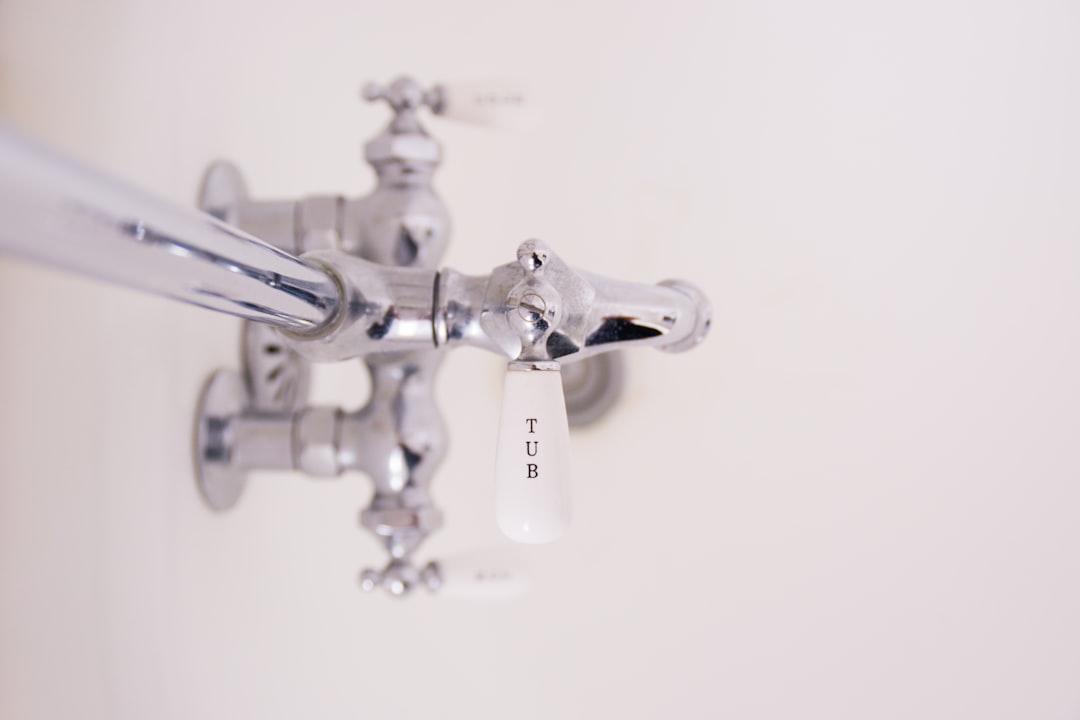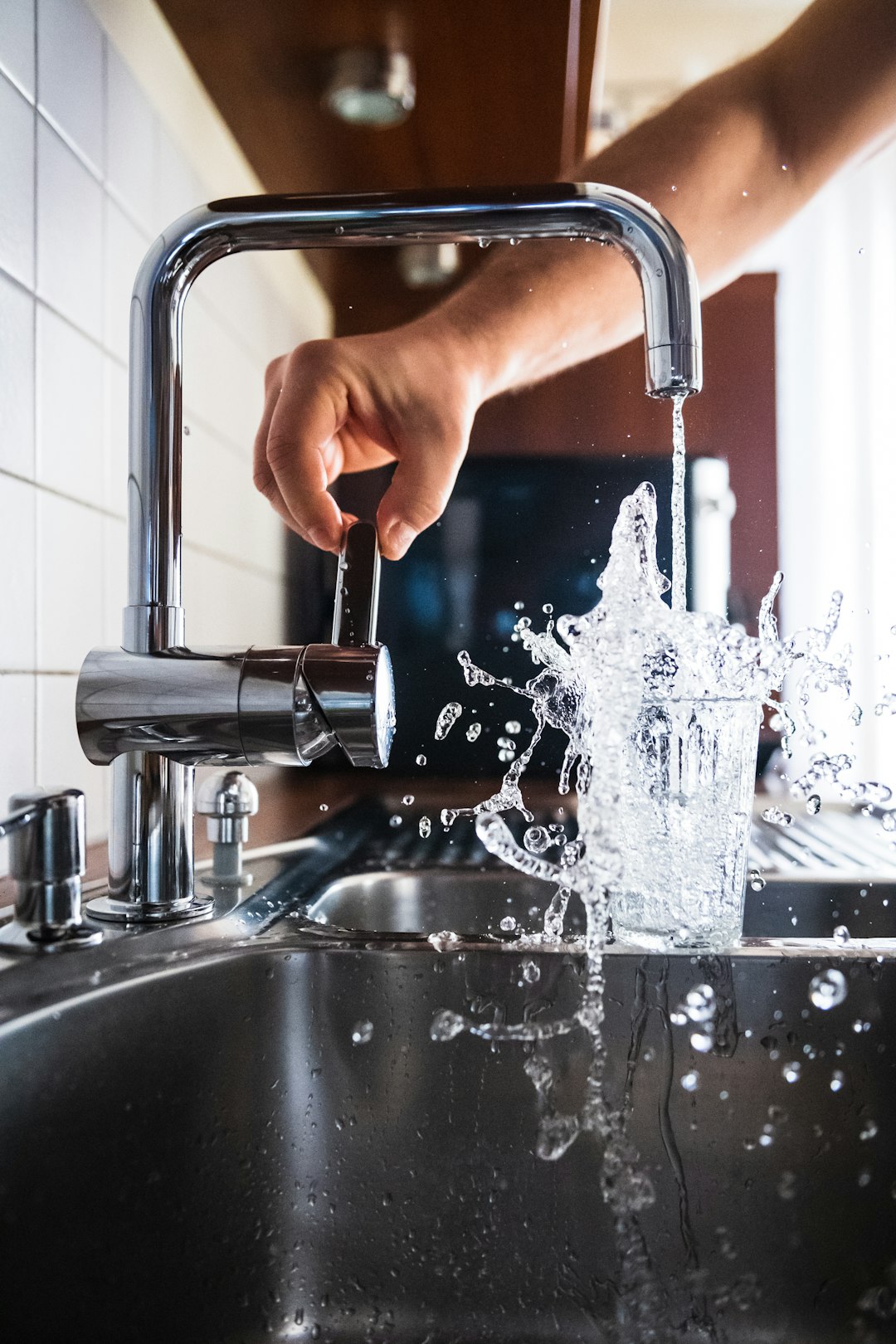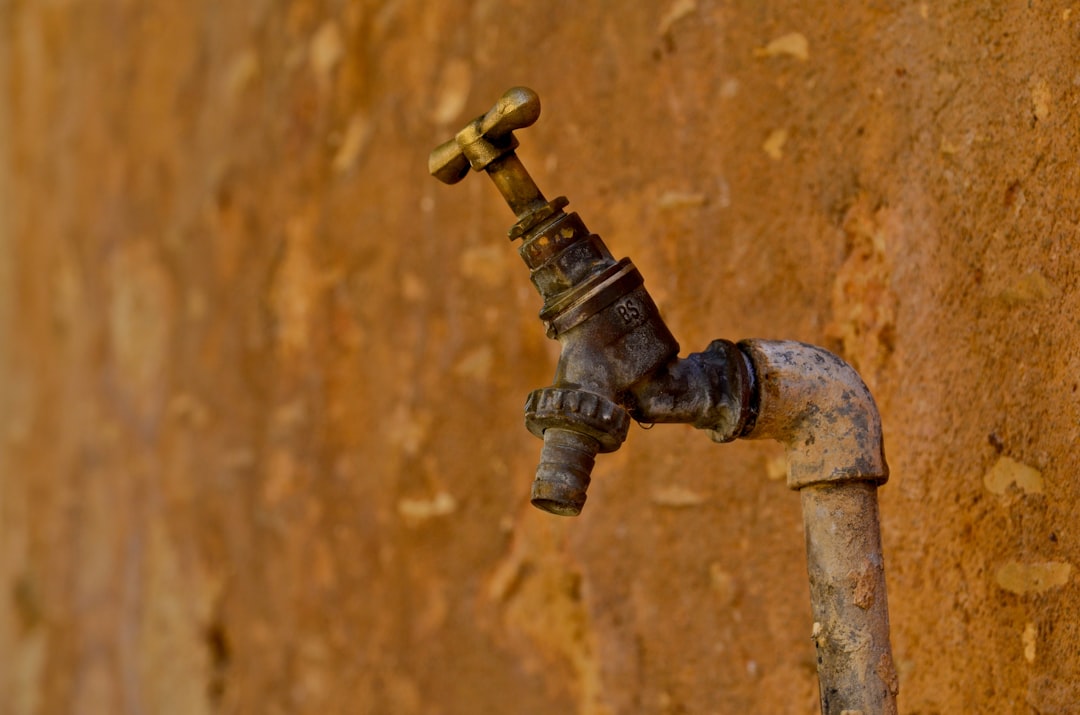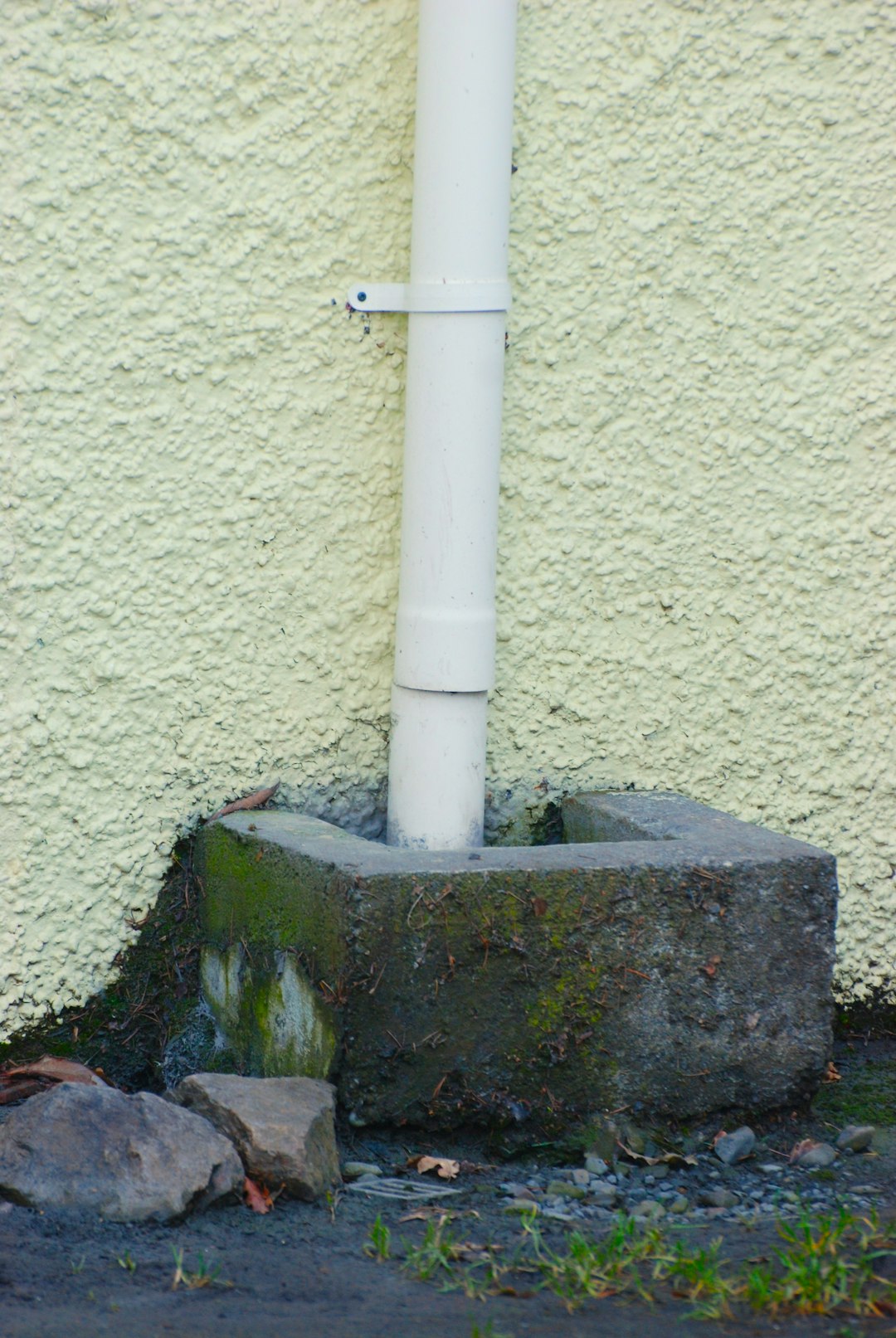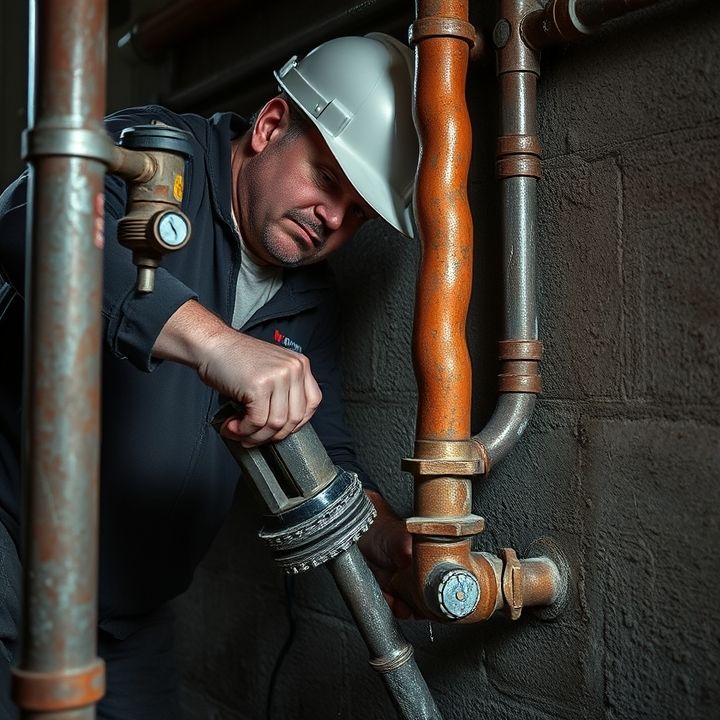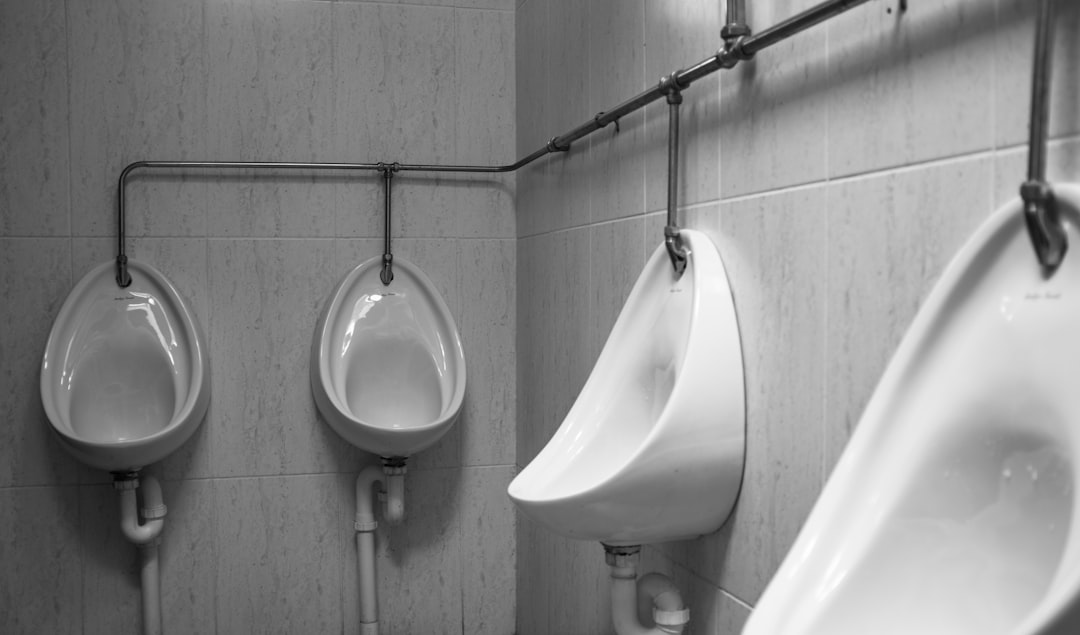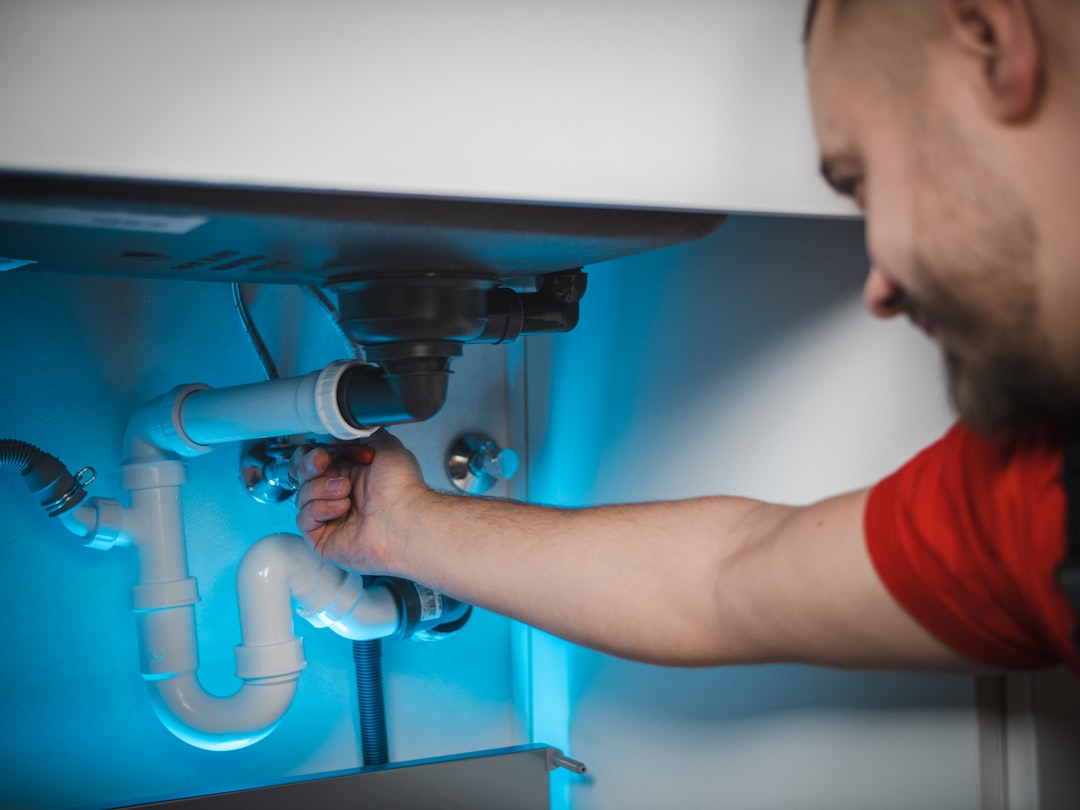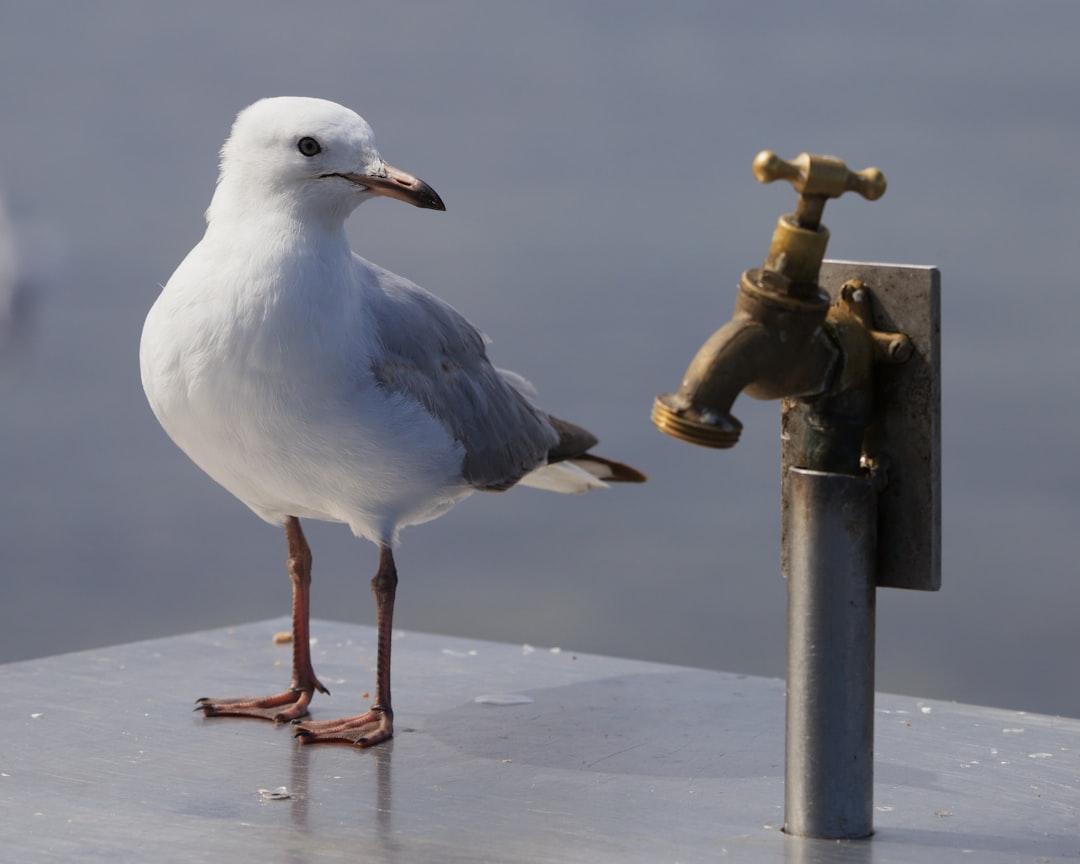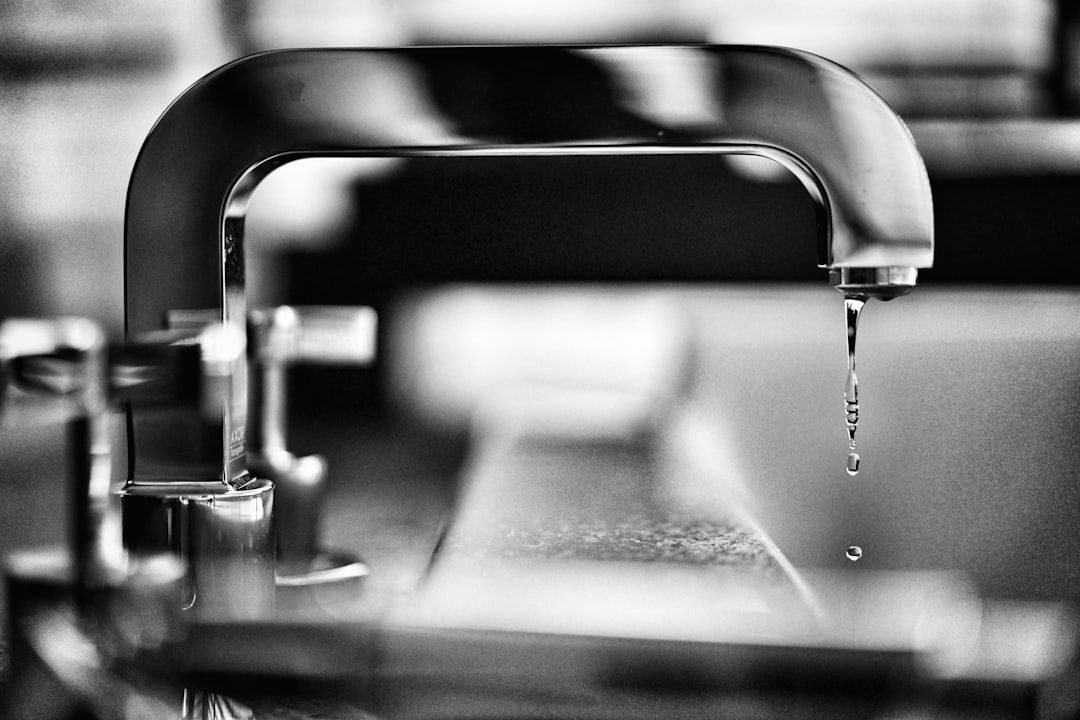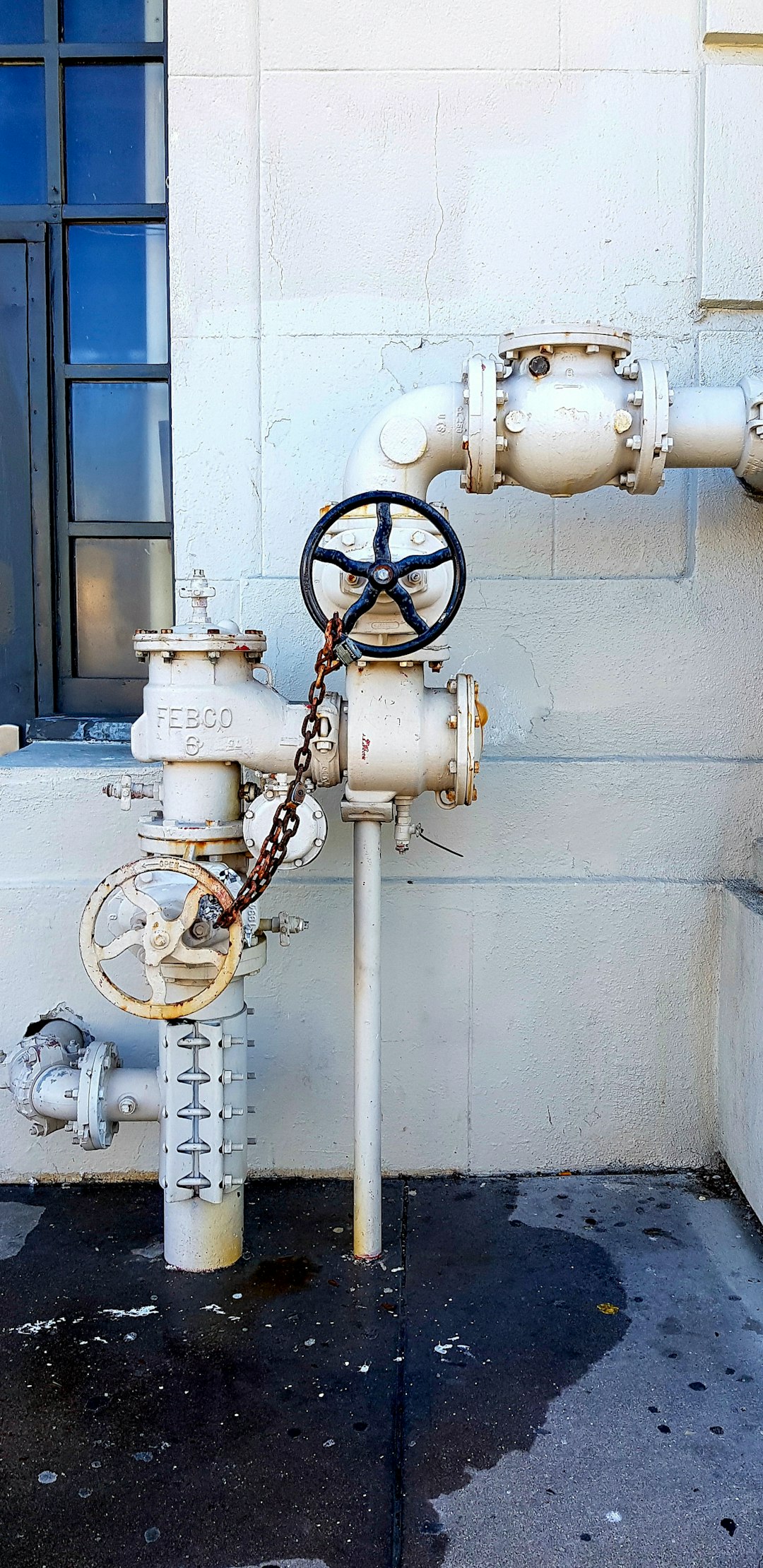Table of Contents
- Introduction
- Regular plumbing inspections to identify potential leak sources
- Proper installation and maintenance of plumbing fixtures
- Routine plumbing valve repair and replacement
- Utilizing plumbing leak detection services
- Implementing plumbing backflow prevention measures
- Emergency plumbing service readiness for unexpected leaks
- Investing in quality plumbing pipe replacement and repiping services
- Educating homeowners on plumbing maintenance and DIY repair tips
- Conclusion
- Frequently Asked Questions
Introduction
Have you ever faced the frustration of a sudden plumbing leak? From dripping faucets to broken pipes, these unexpected issues can lead to costly repairs and extensive damage to your home.
Fortunately, the good news is that many plumbing leaks can be avoided with some proactive measures. In this article, we will delve into practical tips that every homeowner can take today to safeguard their property from the perils of water damage.
Uncovering these strategies not only ensures the longevity of your plumbing system but also spares you the headaches and expenses associated with water leaks.
So, roll up your sleeves and join us as we explore how to keep those pesky leaks at bay and secure your home’s wellbeing!
Regular plumbing inspections to identify potential leak sources
Regular plumbing inspections are crucial for identifying potential leak sources before they escalate into significant problems. These inspections allow homeowners to detect issues such as worn-out seals, corroded pipes, or faulty fixtures. Professional plumbers often recommend scheduling inspections at least once a year, or more frequently in areas prone to leaks.
During an inspection, a plumber will check various components of your plumbing system, including visible and hidden pipes, water heaters, and faucets. They will look for signs of water damage, rust, or unusual wet spots, which can indicate a leak that needs attention. Early detection not only helps in preventing costly repairs but also conserves water and promotes a healthier living environment.
Additionally, homeowners can carry out simple checks, such as monitoring water bills for sudden spikes or inspecting under sinks for moisture. By being proactive and addressing potential issues, you can extend the lifespan of your plumbing system and reduce the stress associated with unexpected leaks.
Proper installation and maintenance of plumbing fixtures
Proper installation and maintenance of plumbing fixtures are essential in preventing leaks and ensuring the longevity of the plumbing system. When installing fixtures such as faucets, toilets, and water heaters, it is crucial to follow the manufacturer’s guidelines and local building codes. Using the right tools and materials, including quality seals and fittings, reduces the risk of leaks.
Regular maintenance is equally important. Homeowners should inspect plumbing fixtures for any signs of wear, corrosion, or mineral buildup. Checking for loose connections or dripping faucets can help identify issues before they escalate into major leaks.
Additionally, flushing out water heaters regularly and replacing old fixtures can drastically minimize the chances of leaks. Keeping an eye on the pressure levels in your plumbing system can also prevent undue strain on fixtures, which may lead to leaks over time.
Routine plumbing valve repair and replacement
Routine plumbing valve repair and replacement is essential for preventing leaks and ensuring the smooth operation of your plumbing system. Valves are critical components in controlling water flow, and over time, they can wear out due to everyday usage, rust, or mineral buildup.
Regularly inspecting your valves for signs of wear, such as corrosion or leaks, can help catch potential issues before they escalate. It is advisable to check the shut-off valves for any signs of degradation, as these are often neglected.
When repairing a valve, it’s important to turn off the water supply first to avoid any flooding. If a valve is found to be faulty, replacing it promptly can save you from significant damage and costly repairs in the future.
Depending on the type of valve, maintenance can vary. For instance, ball valves may require lubrication, while gate valves may need replacement if they are difficult to turn. Consulting with a professional plumber can provide guidance tailored to your specific situation, ensuring your plumbing remains leak-free.
Utilizing plumbing leak detection services
Utilizing plumbing leak detection services is an effective way to identify and address leaks before they escalate into serious issues. These professional services employ advanced technology, such as acoustic sensors and infrared cameras, to locate hidden leaks within walls, floors, and underground pipes. Early detection not only prevents water damage but also helps in saving on costly repairs and minimizing water waste. Additionally, many leak detection specialists offer comprehensive inspections and can provide ongoing monitoring to ensure your plumbing system remains leak-free. It’s important to choose a service with a good reputation and experienced technicians who can accurately diagnose potential problems. Regular plumbing maintenance, along with leak detection services, can significantly extend the life of your plumbing system. Furthermore, these services can be particularly beneficial in older homes where pipes may be more susceptible to leaks due to wear and corrosion. By investing in professional leak detection, homeowners can achieve peace of mind, knowing that their plumbing is functioning optimally and their property is safeguarded against water damage.
Implementing plumbing backflow prevention measures
Implementing plumbing backflow prevention measures is essential to ensure clean water supply and protect public health. Backflow occurs when contaminated water flows back into the clean water supply, often due to pressure changes in the plumbing system. To prevent this, various devices can be installed, including backflow preventers and air gaps.
Backflow preventers are mechanical devices that allow water to flow in only one direction, effectively blocking any reverse flow. These devices should be installed on irrigation systems, fire protection systems, and any other connection where potential contamination is possible. Regular maintenance and testing of backflow preventers are crucial to guarantee their effectiveness.
Another effective measure is creating an air gap, which is a physical separation between the water supply and any potential contamination source. This is commonly seen in sink installations where the faucet is located above the flood level of the sink. By implementing these plumbing backflow prevention measures, homeowners and businesses can protect their water supply, ensuring a safe and reliable source of clean water.
Emergency plumbing service readiness for unexpected leaks
Emergency plumbing service readiness is crucial for effectively addressing unexpected leaks that can lead to significant damage and costly repairs. Quick response time is essential, as even a small leak can escalate if left unattended. Homeowners should be aware of their local emergency plumbing services and their operational hours, as many plumbing issues require immediate attention.
To ensure preparedness, individuals can keep contact information for a reliable plumbing service easily accessible. It’s also wise to familiarize oneself with basic plumbing knowledge, such as how to shut off the main water supply and identify common leak sources. Regular maintenance checks can help in early detection of potential issues, allowing homeowners to address them before they become emergencies.
Additionally, having the necessary tools on hand, like plungers and pipe wrenches, can assist in managing minor leaks or clogs temporarily until professional help arrives. Understanding the signs of a plumbing emergency, such as sudden water pressure changes or unexplained wet spots, can also aid in prompt action.
Investing in quality plumbing pipe replacement and repiping services
Investing in quality plumbing pipe replacement and repiping services is essential for maintaining the integrity and longevity of your plumbing system. Over time, pipes can corrode, develop leaks, or become blocked, leading to potential water damage and costly repairs. By opting for quality materials, such as copper or PEX, you can enhance the durability and performance of your plumbing infrastructure.
Moreover, hiring experienced professionals for repiping ensures that the installation is done correctly and efficiently. Professional plumbers have the expertise to assess the condition of your existing pipes and recommend the best replacement options. They can also identify potential issues that may not be immediately visible, preventing future leaks before they occur.
Additionally, investing in quality services often means better warranties and customer support, providing peace of mind that your plumbing is in good hands. Ultimately, the upfront cost of quality plumbing pipe replacement can save you money in the long run by minimizing repairs and increasing the lifespan of your plumbing system.
Educating homeowners on plumbing maintenance and DIY repair tips
Educating homeowners on plumbing maintenance is essential for preventing leaks and ensuring a smoothly functioning plumbing system. Regular inspections can help identify potential issues before they escalate. Homeowners should familiarize themselves with the location of shut-off valves and know how to turn them off in case of an emergency.
DIY repair tips can also empower homeowners to address minor leaks on their own. For instance, tightening loose connections and replacing worn-out washers can prevent water from escaping. It’s also vital to regularly check caulking around sinks, tubs, and toilets, as deterioration can lead to leaks.
Additionally, homeowners should be mindful of what they dispose of in drains to avoid clogs that can result in leaks. Using strainers in sinks and tubs can catch debris before it enters the plumbing system. By being proactive and understanding basic plumbing maintenance, homeowners can save money and avoid the hassle of significant repairs.
Conclusion
In conclusion, preventing plumbing leaks is an essential aspect of maintaining a safe and functional home. By following the tips outlined in this article—including regular inspections, proper maintenance of fixtures, and utilizing professional leak detection services—you can significantly reduce the risk of unexpected plumbing issues. Remember, being proactive about your plumbing not only saves you time and money in the long run but also creates a healthier living environment for you and your family. If you suspect a plumbing problem or just want to ensure your system is in peak condition, don’t hesitate to reach out for professional assistance. Call 573-555-2121 today to schedule a plumbing inspection or service, and take the first step toward safeguarding your home against leaks.
